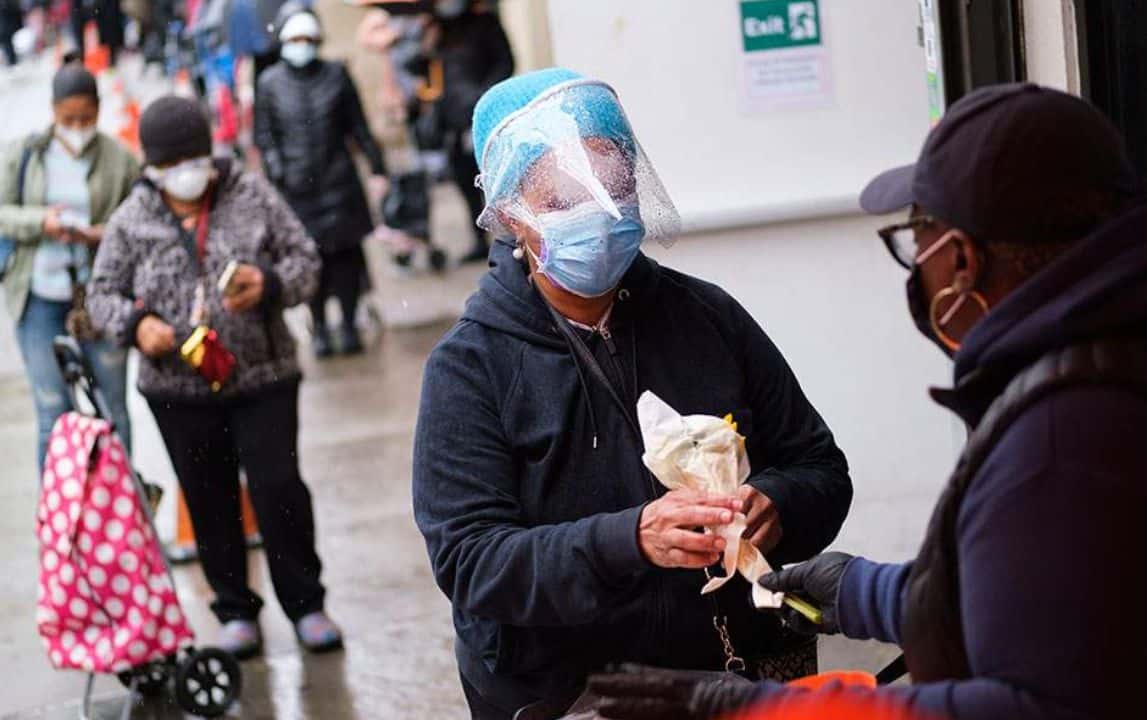When the historian of the future turns to the pandemic of the early 21st century, one of the indelible images of the United States will be the one with the endless queues of cars of citizens waiting to receive food. The number of Americans whose diet depends on food has risen to unprecedented levels, despite the expansion of the Supplemental Nutrition Assistance Program (SNAP) or the federal food stamps program amid the pandemic.
“The people who come to us now had good jobs and were consistent in their accounts when they suddenly lost everything. In 30 years of volunteering, I have never seen anything like it,” said Effie Johnson, head of a Christian aid organization. In just one week, in late July, nearly 30 million Americans said they did not have enough food, according to a state survey.
Among households with children, one in three mentioned that food was not enough, the largest proportion since the federal government began collecting hunger data in the United States 20 years ago. The situation may even worsen, especially after the suspension of unemployment benefits for a portion of the unemployed and with Washington seeming unable to agree on a new package of financial support. The possible resurgence of the pandemic in the autumn will lead to new redundancies and further burden on aid organizations to the needy.
Feeding America, the nation’s largest food and social grocery chain, estimates that up to 54 million Americans could face the spectrum of food insecurity by the end of the year, a 46% increase since the pandemic began. The number of meals offered increased by 60%, while 40% of the poor secured help for the first time. “It was clear that many of the users of the drive-in window had never before sought the help of such an organization,” says a report by Feeding America in Indiana.
What the statistics cannot capture is the strong feelings of shame and frustration felt by many food aid recipients. The sudden drop from the middle class and the loss of its consumer symbols are extremely traumatic and constitute another impact of the pandemic.
